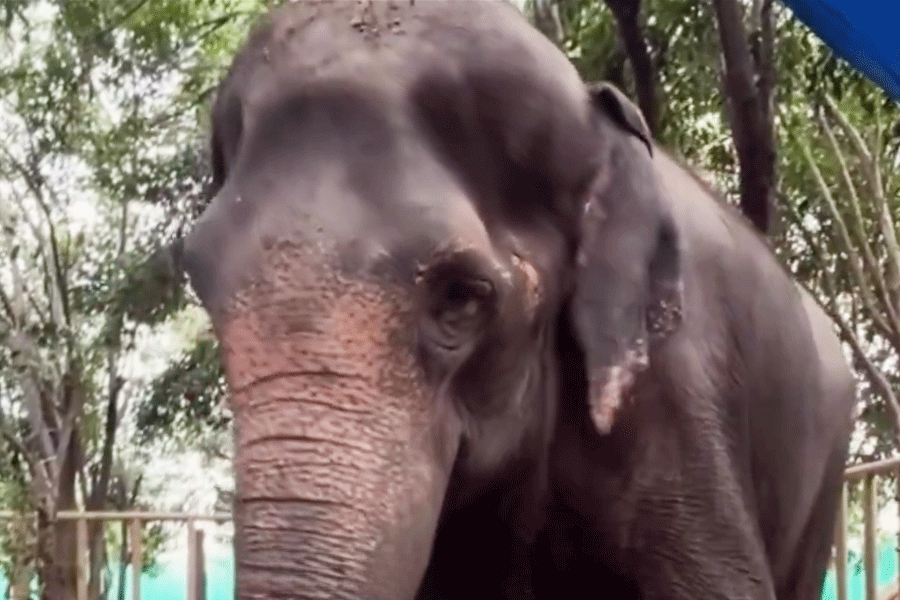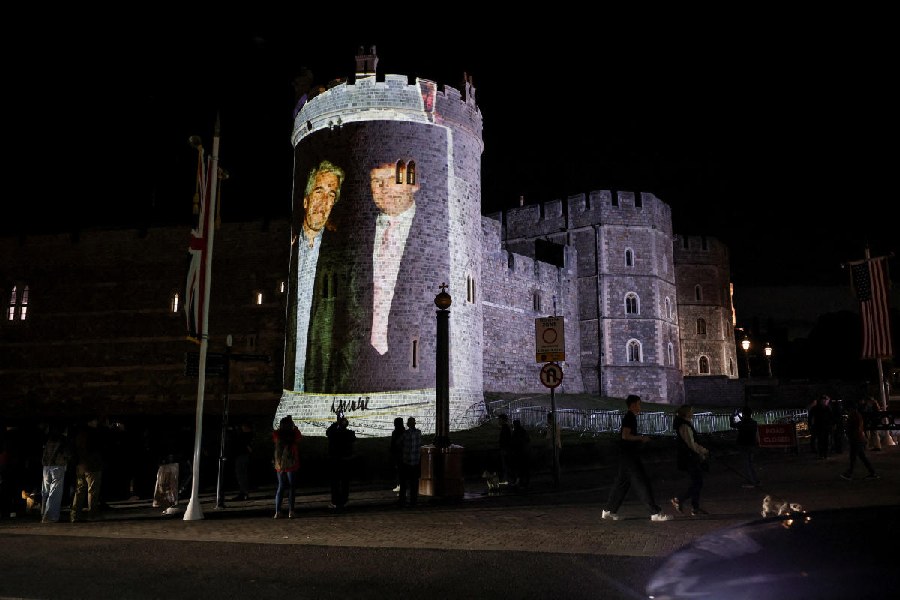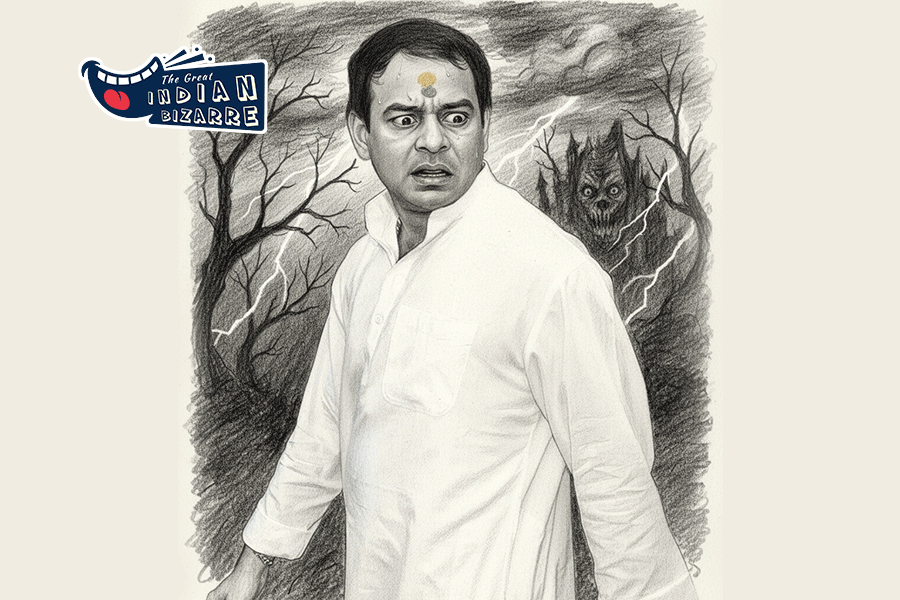Off the Thames, it was a chopper crash; off the Ganga, it’s crash of hope and fun.
And, on both the occasions, the reason is same: poor visibility.
A brand new model fighter jet — Hornet — met with an accident in only its second trial run at an aero-modelling show organised by the city-based Hobby and Educational Centre and the Bihar State Tourism Development Corporation at Sabbalpur diara.
Sources said the remote-controlled craft crashed around 12 noon with only mangled remains of the plane lying scattered on the sandbar.
Shailendra Kumar Mishra, the proprietor of Hobby and Educational Centre, told The Telegraph: “The aircraft must have lost the frequency or air waves, which occurs during poor visibility conditions. The receiver and the internal battery might also have gone dead. The aircraft had been imported from Japan for Rs 40,000. This was its second flight.”
The tourism department, it seems, is having a bad time battling the weather.
If the kites had been dealt a deathblow on Tuesday, on Wednesday, it was the turn of a plane to bite the dust — literally. Tuesday had been a bad day for the event organisers with the wind playing spoilsport and preventing kite flyers a shy at a world record.
Shailendra added that the impact of the crash (the 2.5ft long and 4ft wide craft was travelling at around 100kmph) left no scope of repair.
He, however, claimed that the two-stroke engine was safe and could be utilised in making another similar aircraft.
However, unlike Tuesday that witnessed almost nil security arrangement, there were several constables at the sandbar on Wednesday.
No tourism official could be seen at the much-hyped air show.
Shailendra, who was at the diara with his three sons, said: “I have laid a carpet to ensure smooth take-off and landing of the Hornet and the Seagull 40. The sandy terrain is not ideal for aircraft. The surface has to be smooth.”
Shailendra has been in the profession of aero-modelling since 1981 and has held events across the country. “I assemble most of my aircraft myself. The parts are mostly imported from Japan and Taiwan. The planes are made of Balsa wood, which is world’s lightest yet strongest wood, he said.
The expert added: “These aircraft are very similar to the actual ones with similar flight theory. The only difference is that my models are remote-controlled. The machines are supported by a two-stroke engine and can achieve a speed of 100kmph.”
Shailendra, also an aero-modelling instructor at the NCC in Patna, said his aircraft is in high demand in the Indian Army, owing to use in fire fighting.
On the fuel used in his aircraft, Shailendra said: “Most of my aircraft are based on diesel engines, in which I use 80 per cent methanol and 20 per cent medicated caster oil. The caster oil acts as a lubricant. The Hornet uses 300ml of fuel for a flight of 15 minutes, whereas Seagull 40 uses 150 ml for a 10-minute flight. Moreover, I use nitro methane fuel during races.”
However, the crash did not deter Shailendra from providing the handful of visitors a spectacular show. He flew his Seagull 40 high up in the air and made several spectacular turns and 360-degree rotations.
Sudhir Kumar, a visitor to the sandbar on Wednesday, said: “It is amazing to see a small aircraft flying at such a high speed. I have seen such aircraft only in movies.”
Despite the accident at the diara, visitors can expect a stellar show in the future. Tourism minister Sunil Kumar said: “Though the shows would not be held every weekend like the previous year, we would definitely organise it on special occasions such as Valentines Day.”
This was Shailendra’s second aero-modelling show at the sandbar. He had performed in 2012 as well.
On whether the crash could be fatal for visitors — the London chopper crash killed two persons — at the diara, he said: “An aircraft moving at that kind of speed could kill a person on collision on the spot.”











